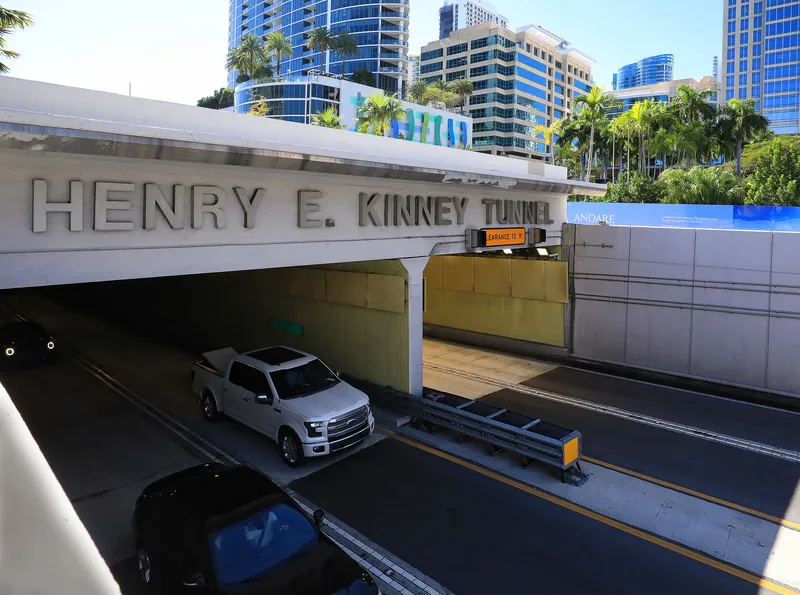Nyx Hemera Technologies has announced the installation tunnel lighting control system (TLACS) with Holophane's luminaires in the Queen-Creek tunnel in Arizona. The $3 million (£2,273,000) project is funded Department of Transportation in Arizona as part of ongoing efforts to upgrade the state road network’s efficiency and security.
The project involves removing the existing interior lighting, installing an LED lighting system and intelligent control system, replacing the exterior lighting at both ends of
October 11, 2017
Read time: 1 min
The project involves removing the existing interior lighting, installing an LED lighting system and intelligent control system, replacing the exterior lighting at both ends of the tunnel, adapting the current electrical control building, and cleaning the tunnel’s walls and ceiling.
TLACS's intelligent control system dynamically adjusts lighting levels based on ambient brightness and outdoor weather conditions. The solution is designed to reduce both energy consumption and maintenance as well as improve the visibility of drivers commuting through the tunnel.
The 400-meter tunnel is located on road 60 at milepost 226, east of the town Superior.








